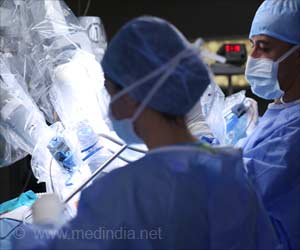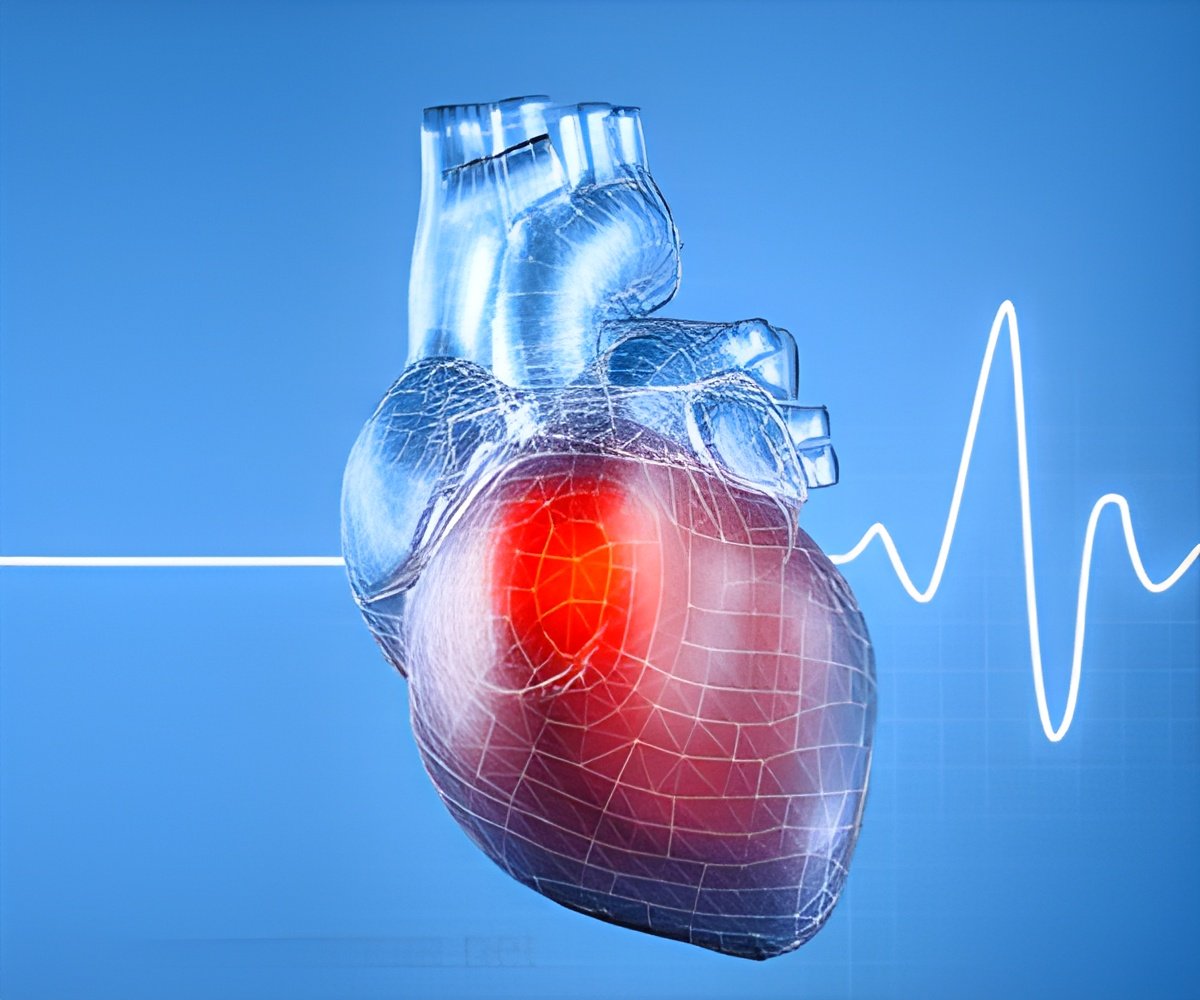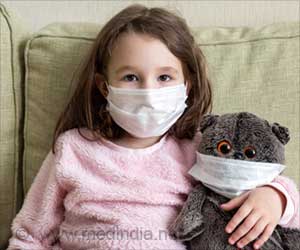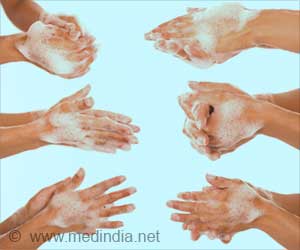A team of researchers at the University of Waterloo in Ontario has developed intelligent materials derived from plants, which are poised to serve as the foundational elements for the next wave of miniature medical microrobots. They can move through confined and flooded environments, like the human body, and deliver delicate and light cargo, such as cells or tissues, to a target position. (1✔ ✔Trusted Source
Programmable nanocomposites of cellulose nanocrystals and zwitterionic hydrogels for soft robotics
Go to source)
Innovative Plant-Based Soft Robots: Biocompatible Advancements
The tiny soft robots are a maximum of one centimetre long and are bio-compatible and non-toxic. The robots are made of advanced hydrogel composites that include sustainable cellulose nanoparticles derived from plants, according to the study published in the journal Nature Communications. This research, led by Hamed Shahsavan, a professor in the department of chemical engineering, portrays a holistic approach to the design, synthesis, fabrication, and manipulation of microrobots.
The hydrogel used in this work changes its shape when exposed to external chemical stimulation. The ability to orient cellulose nanoparticles at will enables researchers to program such shape-change, which is crucial for the fabrication of functional soft robots. “We introduce emerging microrobots by leveraging traditional soft matter like hydrogels, liquid crystals, and colloids,” said Shahsavan.
The other unique component of this advanced smart material is that it is self-healing, which allows for programming a wide range in the shape of the robots. Researchers can cut the material and paste it back together without using glue or other adhesives to form different shapes for different procedures.
Advertisement
The material can be further modified with a magnetism that facilitates the movement of soft robots through the human body. The next step in this research is to scale the robot down to submillimeter scales.
Reference :
- Programmable nanocomposites of cellulose nanocrystals and zwitterionic hydrogels for soft robotics – (https://www.nature.com/articles/s41467-023-41874-7)
Source: IANS



